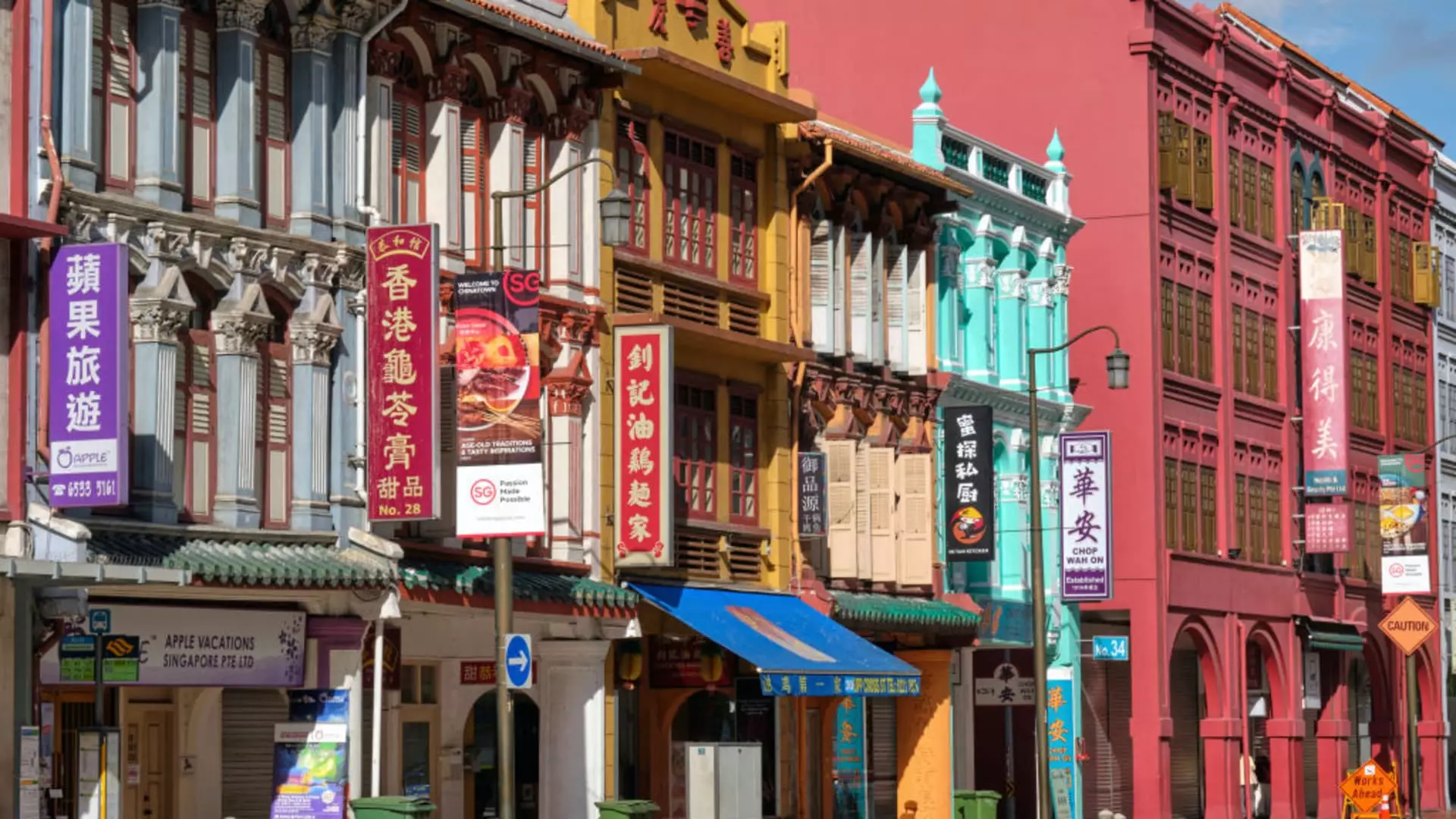The iconic shophouses that line the streets of some of Singapore’s old neighborhoods have been garnering attention from investors, including the likes of Jack Ma’s wife, Hong Kong superstar Jackie Chan, and Spanish tycoon Ricardo Portabella Peralta. With prices ranging in the tens of millions, these colonial-era buildings, dating back to as early as the 1840s, fall under a government conservation program that has limited their numbers to around 6,000 units. Despite their steep price tags, the rich and famous are drawn to the uniqueness and exclusivity of these properties, with high-net-worth individuals being a key driver of the recent surge in sales.
The demand for these shophouses has contributed to a significant increase in sales volume, with transactions totaling $169.1 million Singapore dollars in the first quarter of the year. The prices of commercial shophouses in prime locations such as Telok Ayer, Boat Quay, and Stanley Street can exceed S$5,000 per square foot, doubling that of Manhattan’s Upper Fifth Avenue, known for its expensive retail rentals. The appeal lies in the fact that these properties are one-of-a-kind, with intricate designs and moldings that cannot be replicated with modern technology. The scarcity of these shophouses, with only a limited number gazetted for conservation, adds to their allure as a unique asset class.
Shophouses, dating back to the colonial era and built between the 1840s and 1960s, offer a range of uses from boutique retail stores to family offices, making them versatile investment options for buyers. Additionally, the exemption of commercial shophouses from the government’s property cooling measures has further fueled their appeal, especially among wealthy individuals and corporate entities. The unique appeal of owning a piece of history, combined with the potential for long-term wealth preservation, has made these shophouses an attractive investment choice for ultra-high-net-worth individuals with a net worth of at least $30 million. As a director specializing in shophouses, Loyalle Chin notes that these properties are sought after as safe real assets, offering a tangible and exclusive investment opportunity in the Asia Pacific region.

